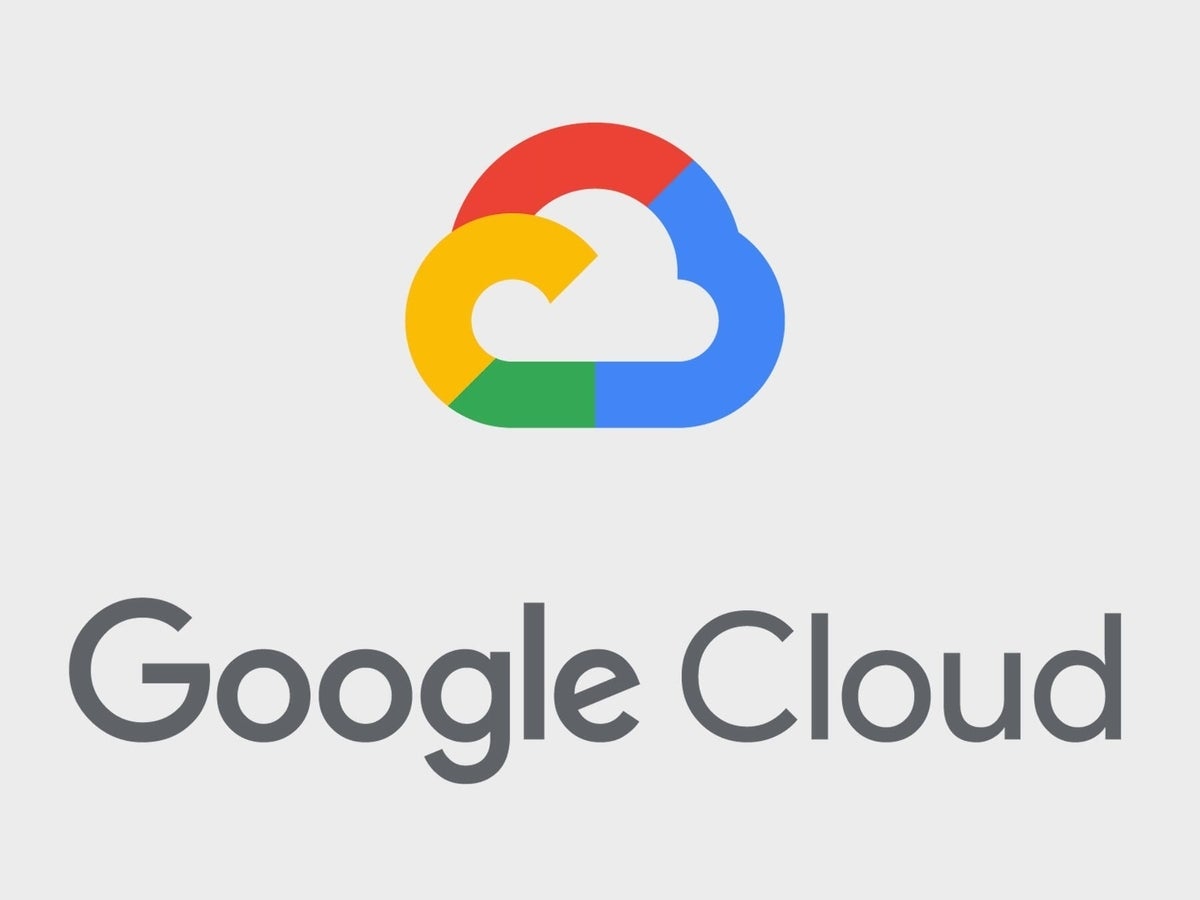
Image: Google
Google Cloud announced Tuesday the launch of Supply Chain Twin so companies can build a digital representation, or digital twin, of their physical supply chain.
By orchestrating data from disparate sources companies can achieve a more complete view of suppliers, inventories, and other information such as weather, risk, customer sentiment and indirect supplier insight, said Hans Thalbauer, managing director, Global Supply Chain, Logistics & Transportation, Google Cloud.
The Supply Chain Pulse module, also announced Tuesday, can be used with Supply Chain Twin to provide real-time dashboards, advanced analytics, alerts on critical issues like potential disruptions, and collaboration in Google Workspace.
SEE: AWS Lambda, a serverless computing framework: A cheat sheet (free PDF) (TechRepublic)
“Siloed and incomplete data is limiting the visibility companies have into their supply chains,” Thalbauer said in a press release. “The Supply Chain Twin enables customers to gain deeper insights into their operations, helping them optimize supply chain functions—from sourcing and planning, to distribution and logistics.”
According to the 2017 BCI Supply Chain Resiliency Report, most companies do not have complete visibility of their supply chains, Google said. This results in retail stock outs, aging manufacturing inventory, or weather-related disruptions. In 2020, the IHL Group reported that out-of-stock items alone cost the retail industry an estimated $1.14 trillion, Google said. Likewise, the COVID-19 pandemic has disrupted global supply chains for the past 18 months with no end in sight.
The Supply Chain Pulse module allows customers to:
-
Drill down into key operational metrics using performance dashboards
-
Set mobile alerts for key metrics
-
Trigger AI-driven recommendations in response to changing events, flag more complex issues to the user, and simulate the impact of hypothetical situations
Supply Chain Twin allows companies to bring together data from multiple sources without traditional API-based integration. Google claims customers have experienced a 95% reduction in analytics processing time from 2.5 hours down to eight minutes.
Data types supported in Supply Chain Twin include:
-
Enterprise business systems such as enterprise resource planning
-
Supplier and partner systems
-
Public sources such as weather, risk, or sustainability-related data, including public datasets from Google
SEE: AI on the high seas: Digital transformation is revolutionizing global shipping (free PDF) (TechRepublic)
“At Renault, we are innovating on how we run efficient supply chains. Improving visibility to inventory levels across our network is a key initiative,” said Jean-François Salles, supply chain global vice president at Renault Group, in a press release. “By aggregating inventory data from our suppliers and leveraging Google Cloud’s strength in organizing and orchestrating data, with solutions like the Supply Chain Twin we expect to achieve a holistic view. We aim to work with Google tools to manage both stock, improve forecasting, and eventually optimise our fulfillment.”
Retailers, manufacturers, CPG firms, healthcare networks, and other logistics-heavy companies can deploy Supply Chain Twin by working directly with Google Cloud’s partner ecosystem including Deloitte, Pluto7, and TCS. Data partners such as Climate Engine, Craft, and Crux can provide customers with geospatial, sustainability, and risk management data sets for a more complete macroenvironment view. Application partners such as Anaplan and project44 can help customers better understand product life cycles, track shipments across carriers, and predict ETAs.
